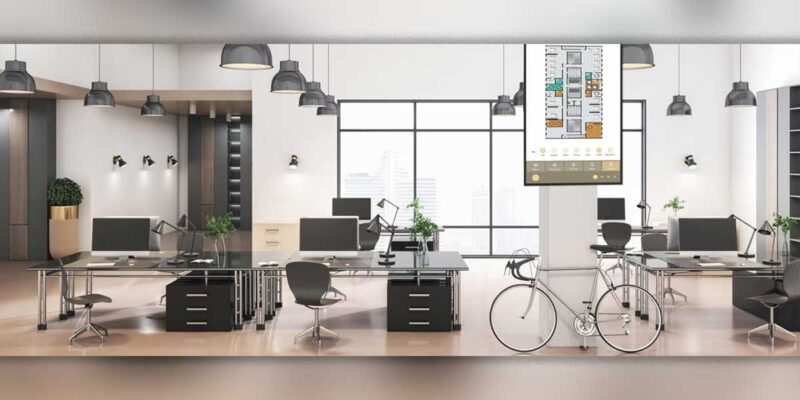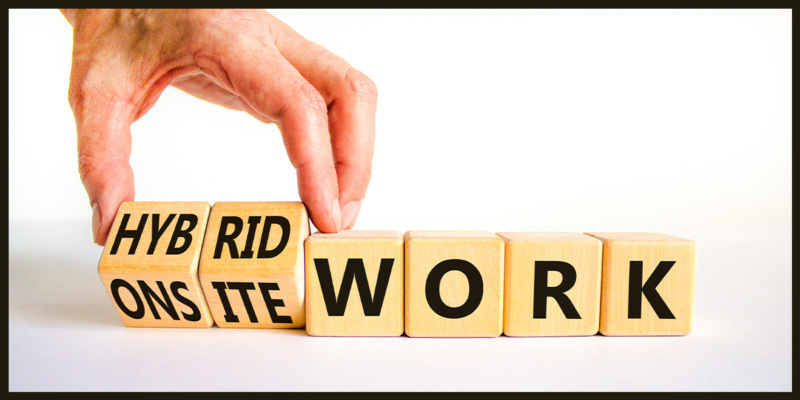The Space Between: Transitions in Hybrid Work
Over the last couple of years, with the shift to remote work, one of the biggest positive changes people really like is that they no longer have a long commute.
Living in the Los Angeles area myself, I can relate that not sitting in traffic for 2-3 hours a day is a huge plus.
Interestingly enough though, studies show that the ideal commute is actually not zero minutes, but rather 10-15 minutes.
So why is 10-15 better than none at all? Well, it actually has to do with the transition time the brain needs to switch from home mode to work mode. The commute assists in readying the mind for work, creating a physical transition. In fact, behavioral psychologists were recommending a “faux commute” to help keep this transition, encouraging employees to get up, leave the home for a walk or short drive, and return to start their work day.
Now if transition time is important and necessary to transition the brain from home to work, could it be important in transitioning between other tasks as well?

Consider the average day for the remote worker. A team call to discuss active projects. A call with a customer to discuss a new project. A call with your boss to discuss how things are going. Another customer call to tackle a problem. A call with accounting to discuss budgets. A call with marketing to discuss the upcoming event.
Now consider that many of these calls will be back to back throughout the day, most often scheduled up to the hour.
How much transition time do employees get to go from left-brained number crunching to right-brain creative work? Or from an internal conversation to being “on air” with a customer?
The truth is, there is a need for time to transition between these states of thinking, and our schedules, overloaded by a fear of not looking busy enough or by management’s insecurity around productivity, do not allow for these transitions. This means we often take a bit to catch up to the meeting or zone out completely and have to play catch-up later.
No wonder we have meeting fatigue.
Combine this with the fact that environment and body position can trigger and enable different modes of thinking, yet we do most of our work at home from the same seated position or in the same room. Now you really have some issues.
In the physical office, there was typically some break state, or a change of venue (desk to conference room to customer’s office) and there was most certainly more time between meetings. So how do we enable better gear shifting in a hybrid world?
- Faux Commute. I mentioned this above. Get ready for work and then take a walk, go get coffee, or ride your bike before returning to your home work environment to create a transition from home to work.
- The 5-Minute Rule. Don’t schedule meetings at or to the top of the hour. Start the meetings 5 minutes after and end 5 minutes before. This means 20 and 50-minute meetings with a minimum of ten minutes in between.
- Meetings by Type. Accounting meetings are analytical. Brainstorming meetings are creative. Customer meetings take a clear mind. Try not to schedule meetings where different brain states are required too close together. Give an hour between to switch gears.
- Shorter Meetings. Share information ahead of time for people to read, learn, absorb when they’re in the best state of thinking to review it. Make the meeting about discussing the information and making a decision, not about sharing the information in real-time.
- Change of Venue. If you can, move around. Use different areas of your living space for different activities, letting the physical change trigger a change in the state of thinking.
In short, hybrid work has a lot of advantages due to convenience and lack of long commutes, but also suffers from static workspaces, back-to-back meetings, and lack of transition times.
Being aware of this may be the unlock to higher productivity and employee retention, as well as a key to understanding what the new office should look like to combat some of these potential drawbacks.
Good work is not about the amount of meetings, but about what happens in the space between.





